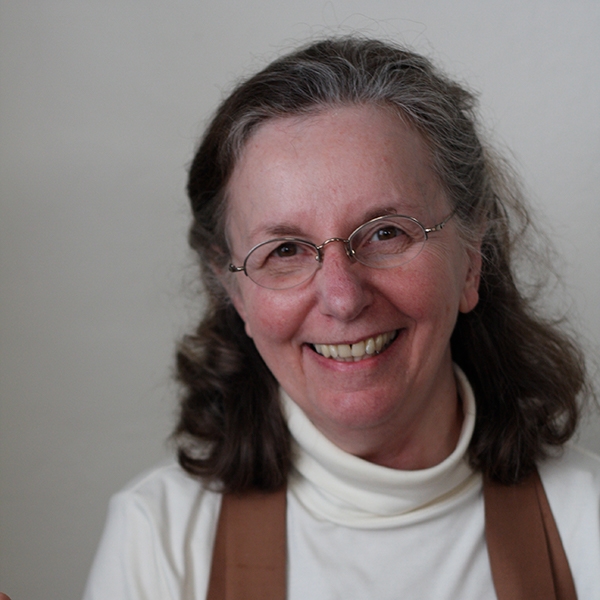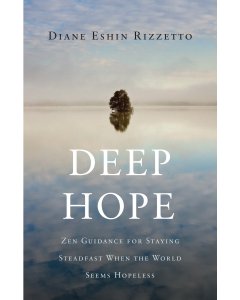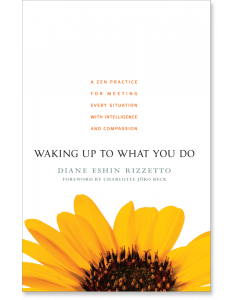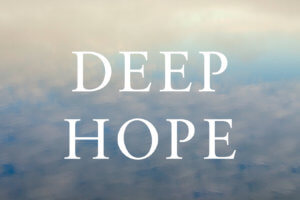
Diane Eshin Rizzetto
Diane Rizzetto is the Abbess and Guiding Teacher of the Bay Zen Center in Oakland, California. A dharma heir of Charlotte Joko Beck, she teaches extensively in Europe, as well as in the San Francisco Bay Area and throughout the United States.
-
 Deep Hope$18.95- Paperback
Deep Hope$18.95- Paperback -
 Waking Up to What You Do$21.95- Paperback
Waking Up to What You Do$21.95- Paperback

